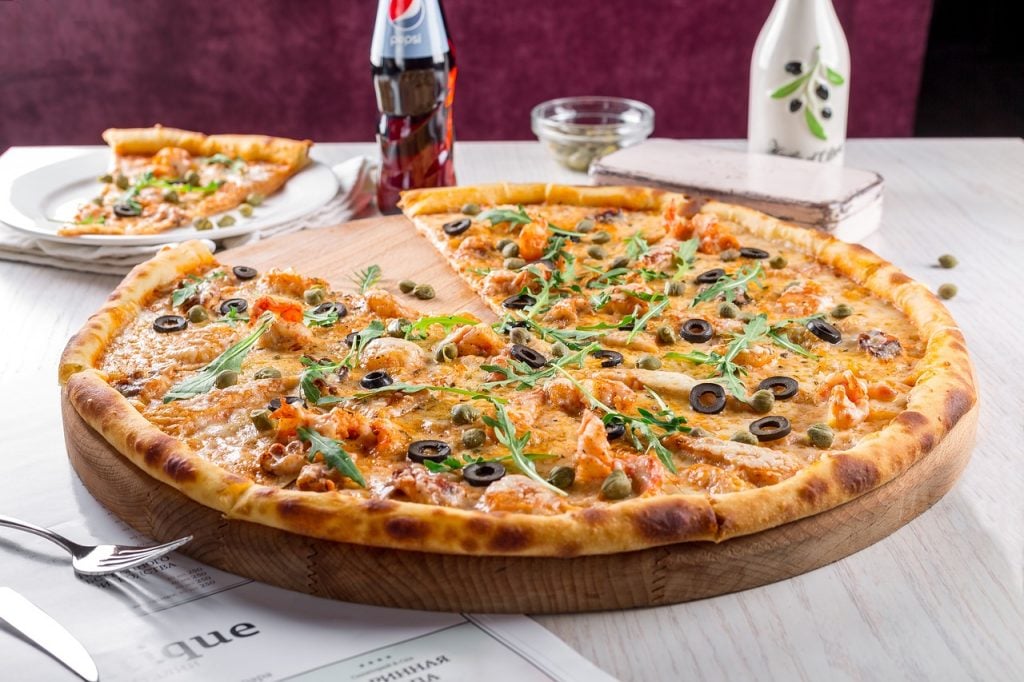These days, an organization of MIT researchers advanced an AI model that takes a listing of commands and generates a completed product. The future implications for production and domestic robotics fields are big, but the crew initially decided on what we all need: Pizza. PizzaGAN, the most recent neural community from the geniuses at MIT’s Computer Science and Artificial Intelligence Laboratory (CSAIL) and the Qatar Computing Research Institute (QCRI), is a generative opposed community that creates pictures of Pizza both earlier than and after it has been cooked.

No, it doesn’t. Without a doubt, make a pizza you can eat – at least, not yet. When we pay attention to robots replacing human beings within the food enterprise, we might imagine a Boston Dynamics gadget strolling around a kitchen flipping burgers, making fries, and yelling, “Order up,” However, the truth is some distance tamer. In reality, these restaurants use automation, no longer artificial intelligence. The burger-flipping robotic doesn’t care if there’s a real burger or a hockey % on its spatula. It doesn’t recognize burgers or what the finished product needs to look like. These machines might be at home taping bins close to an Amazon warehouse, or they may be joint. They’re now not clever.
MIT and QCRI have created a neural community that may observe a photo of a pizza, determine the kind and distribution of components, and figure out the ideal order to layer the Pizza before cooking. It knows – as much as any AI is aware of anything – what making a pizza should seem like from start to finish.
The joint team finished this using a novel modular technique. It developed the AI to visualize what a pizza should appear based on whether components were brought or removed. You can display an image of a pizza with the works, for instance, by asking it to put off mushrooms and onions, and it’ll generate a picture of the changed pie.
According to the researchers:
From a visible attitude, every education step may be seen as a way to alternate the visual appearance of the dish by adding greater items (e.g., adding a component) or changing the advent of the prevailing ones (e.g., cooking the word). For a robot or device to in the future make a pizza within the actual world, it’ll apprehend what a pizza is. And so far, people, even the honestly clever ones at CSAIL and QCRI, are way better at replicating vision in robots than taste buds. Domino’s Pizza, for instance, is presently trying out a laptop vision method to control best. It’s AI’s usage in some locations to display every Pizza coming out of the ovens to determine if they look appropriate enough to satisfy the enterprise’s widespread. Things like topping distribution, cooking, and roundness can be measured and quantified with gadget studying in real-time to ensure customers don’t get a crappy pie.
MIT and QCRI’s solution integrates the pre-cooking section and determines the right layering to make a delectable, attractive pizza. At least in concept – we may be years away from a quit-to-cease AI-powered solution for getting ready, cooking, and serving Pizza. Of course, Pizza isn’t the best element that a robot should make as soon as it is familiar with the nuances of ingredients, instructions, and how the stop-result of a project ought to appear. The researchers concluded the underlying AI fashions behind PizzaGAN might be useful in other domains.
Though we’ve evaluated our model as most effective in the context of Pizza, we accept as true that a similar approach is promising for other styles of ingredients that can be naturally layered, including burgers, sandwiches, and salads. Beyond meals, seeing how our model plays on domain names, including digital fashion-buying assistants, will be thrilling. A key operation is the virtual combination of different layers of garments.
But, permit’s be honest, we won’t officially enter the AI generation until we can get a decent brick-oven Margherita pizza made-to-order with the aid of a self-contained robot.





